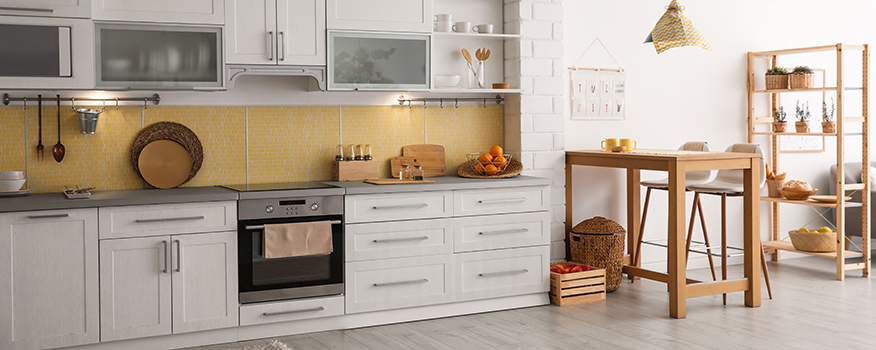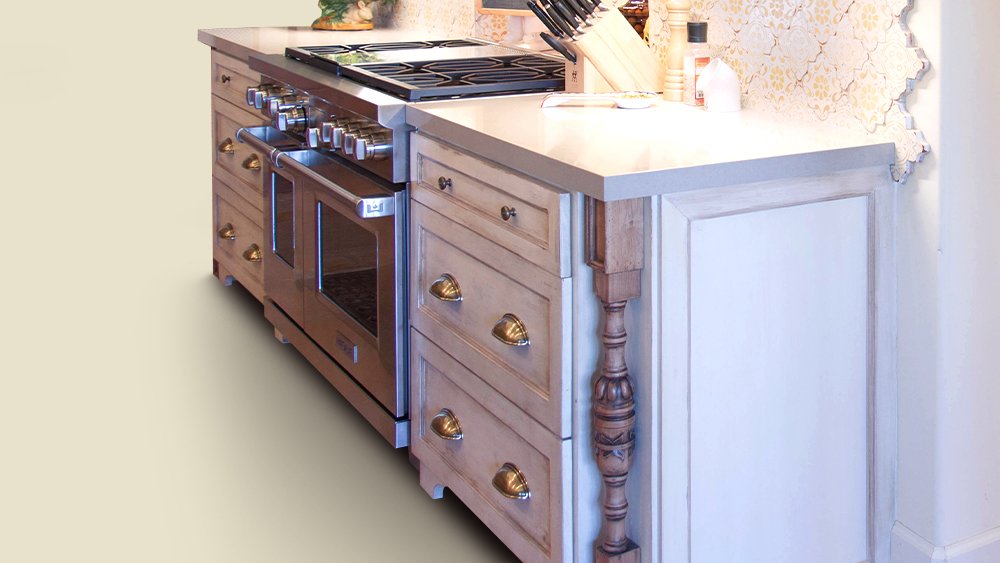

Choosing between custom cabinets and stock cabinets is a pivotal decision in any home renovation or new construction project. Understanding the nuances of each option is crucial to ensure the final product aligns seamlessly with your design goals and budget. This comprehensive guide delves into the key considerations, highlighting the distinct characteristics of each approach and ultimately equipping you with the knowledge to make an informed choice. This article will cover the key factors in the decision-making process, including cost, design flexibility, and timelines. We will explore examples of successful installations and discuss the implications of each choice.
Introduction to Custom Cabinets and Stock Cabinets
Defining the Two Concepts
Custom cabinets, crafted to exact specifications, are tailored to your unique needs and reflect your design aesthetic. They provide unparalleled flexibility, allowing you to create a kitchen or bathroom that perfectly matches your vision. Stock cabinets, meanwhile, are mass-produced and readily available. These pre-designed options offer affordability and speed, but often require some level of customization or modification to align with your specific requirements. The differences extend to materials, finishes, and layout designs. Both options have their own advantages and disadvantages.
Examining the Cost Comparison
Unveiling the Price Tag
Cost is often a primary driver in the decision-making process. Custom cabinets generally command a higher price tag compared to stock cabinets. Factors such as the choice of high-end materials, intricate detailing, and bespoke designs significantly impact the overall cost of custom cabinets. Conversely, stock cabinets typically feature a more accessible price point, often attracting budget-conscious homeowners. However, the initial lower cost of stock cabinets might be offset by additional expenses related to modifications and installation, potentially increasing the total budget.
Investigating Material Variations
The material selection plays a critical role in determining the final cost. Custom cabinets allow for greater material diversity, enabling the incorporation of luxurious woods, exotic veneers, or even unique metals. Stock cabinets, on the other hand, often adhere to more standard materials such as particleboard or plywood, which are cost-effective but might not offer the same visual appeal. The price difference reflects the variation in material quality.
Evaluating Design Flexibility
Tailoring to Specific Needs
One of the significant advantages of custom cabinets is the unparalleled level of design flexibility. Homeowners can create cabinets that precisely suit their unique spatial constraints, architectural elements, and personal preferences. Custom cabinets are designed to fit around the existing layout of the room, ensuring optimal utilization of space. Conversely, stock cabinets are pre-designed, which might require substantial adjustments to match your project. Often, they need specific dimensions, and modifications for functionality and aesthetics may be necessary.
Addressing Architectural Considerations
Custom cabinets offer unparalleled flexibility in adapting to the architectural aspects of your home. They can be designed to blend seamlessly with existing features, such as archways or specific wall structures. This harmonious integration creates a polished and cohesive look. Stock cabinets might not always align perfectly with the architectural style, necessitating modifications to achieve compatibility. Custom cabinetry allows for a more integrated and personalized aesthetic experience.
Considering Timelines and Installation
Manufacturing and Lead Times
Custom cabinets often involve a longer lead time compared to stock cabinets. The manufacturing process for custom cabinets involves bespoke design, material procurement, and intricate craftsmanship, which can take several weeks or even months. Stock cabinets, being pre-manufactured, can often be installed relatively quickly, accelerating the overall project timeline. The extended timeline for custom cabinets may impact your project’s overall schedule, potentially affecting project completion dates.
Installation and Modification Costs
Custom cabinets usually require specialized installation, potentially leading to higher labor costs. Conversely, stock cabinets are more straightforward to install and modify, leading to lower labor costs. Modifications, if needed, for stock cabinets can introduce additional expenses, including alterations to doors, drawers, or the cabinet’s structure.
Understanding the Aesthetic Impact
Personalizing Your Space
Custom cabinets offer limitless design options, allowing for complete aesthetic personalization. From bespoke hardware choices to tailored finishes, custom cabinets perfectly mirror your design preferences. Stock cabinets offer a curated range of styles and designs, making it relatively easier to find a match for your overall aesthetic. But this might compromise on the unique style you envision.
Integrating into Existing Design
The design of custom cabinets can precisely integrate with existing architectural features, enhancing the cohesion of your overall design. This approach creates a personalized and harmonious blend of form and function. Stock cabinets, while providing a good starting point, might require additional elements or adjustments to align seamlessly with the existing design, thus impacting the overall look and feel of the room.
Frequently Asked Questions
What are the main differences between custom and stock cabinets?
Custom cabinets are designed and built to your exact specifications, ensuring a perfect fit and a tailored look. Stock cabinets, conversely, are pre-made and available off-the-shelf, offering convenience and affordability, but may need modification to suit your project. Key differences include size, style, features, and finishes. Custom cabinets offer limitless design possibilities, while stock cabinets often come in standard dimensions and aesthetics. Ultimately, the best choice depends on your priorities and constraints.
How much does the cost of stock cabinets vary?
The price of stock cabinets fluctuates greatly depending on factors like the material, style, and finish. Generally, stock cabinets are priced at a lower rate compared to custom cabinets, providing a budget-friendly alternative for many. However, while initially more affordable, additional costs for installation, modifications, or bespoke elements could sometimes increase the overall expenses. It is crucial to get detailed pricing information to accurately assess the total cost.
In conclusion, deciding between custom cabinets and stock cabinets hinges on your specific needs, budget, and aesthetic preferences. Custom cabinets offer unparalleled personalization and potential for perfect integration with your design scheme, but come with a higher price tag and longer lead times. Stock cabinets, on the other hand, provide a more affordable and quicker solution, but might necessitate compromises on design and functionality. Carefully evaluating these factors will guide you towards the optimal choice for your project. For a detailed consultation on your project, schedule a free consultation with one of our experts today!